India Post & IPPB: Driving Financial Inclusion and Digital Banking InnovationSEO Improvements
India Post, a cornerstone of India’s communication and financial services for over 160 years, and its financial arm, India Post Payments Bank (IPPB), are driving digital transformation and financial inclusion across the nation.
By leveraging a vast postal network, innovative technology, and strategic IT partnerships, they empower millions, particularly in rural areas. This article explores India Post’s IT ecosystem, growth trajectory, and enduring legacy, alongside IPPB’s role in redefining banking.
India Post: Origins and Legacy
Start and Founder: Established in 1854 under British colonial rule, India Post was formalized by Lord Dalhousie, the Governor-General of India, who laid the foundation for a unified postal system. The Post Office Act of 1854 standardized postal services, replacing fragmented regional systems. Today, India Post operates under the Department of Posts, Ministry of Communications, Government of India.
Legacy: India Post’s legacy is rooted in connecting India’s diverse regions, from urban centers to remote villages. With ~1.65 lakh post offices (90% rural), it delivers over 600 crore mail articles annually and manages significant financial services, evolving into a vital socio-economic institution.
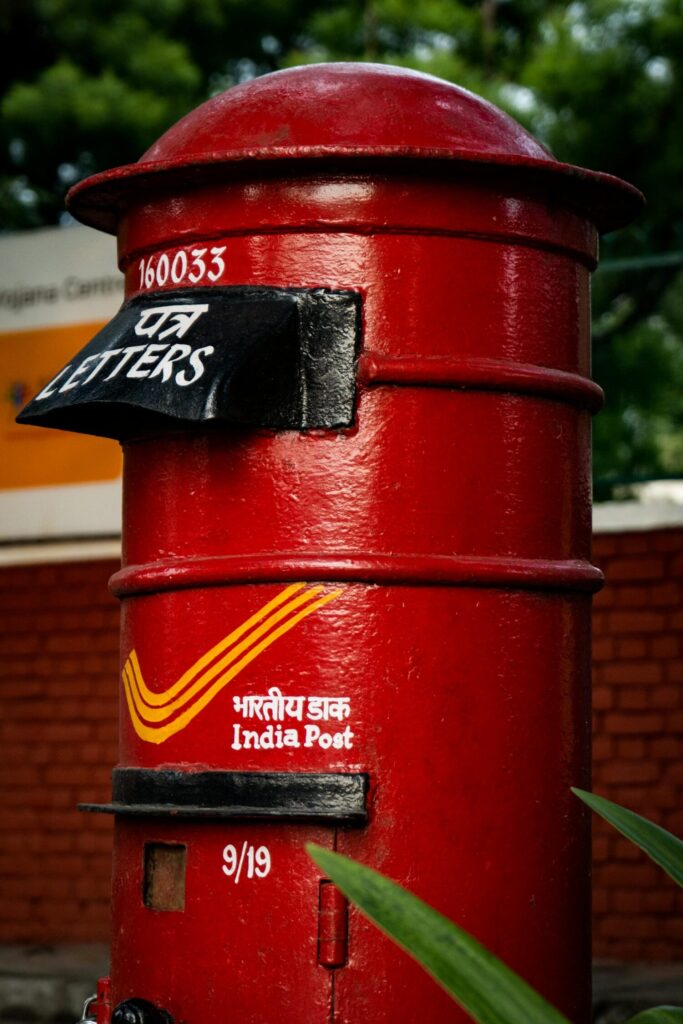
India Post’s Business Model
India Post’s modern business model integrates:
- Postal Services: Mail, parcels, and logistics, including partnerships with Indian Railways for faster delivery.
- Financial Services: Postal savings schemes, Postal Life Insurance (PLI), Rural Postal Life Insurance (RPLI), and IPPB’s banking services.
- E-commerce and Retail: Supporting e-commerce logistics, bill payments, and services like Aadhaar and passport facilitation.
- IPPB: A payments bank offering deposits, digital payments, and remittances, leveraging post offices as access points.
This model capitalizes on its unparalleled network to address the “last-mile” challenge, particularly in rural India, where e-commerce is projected to reach ₹15 lakh crore by 2026.
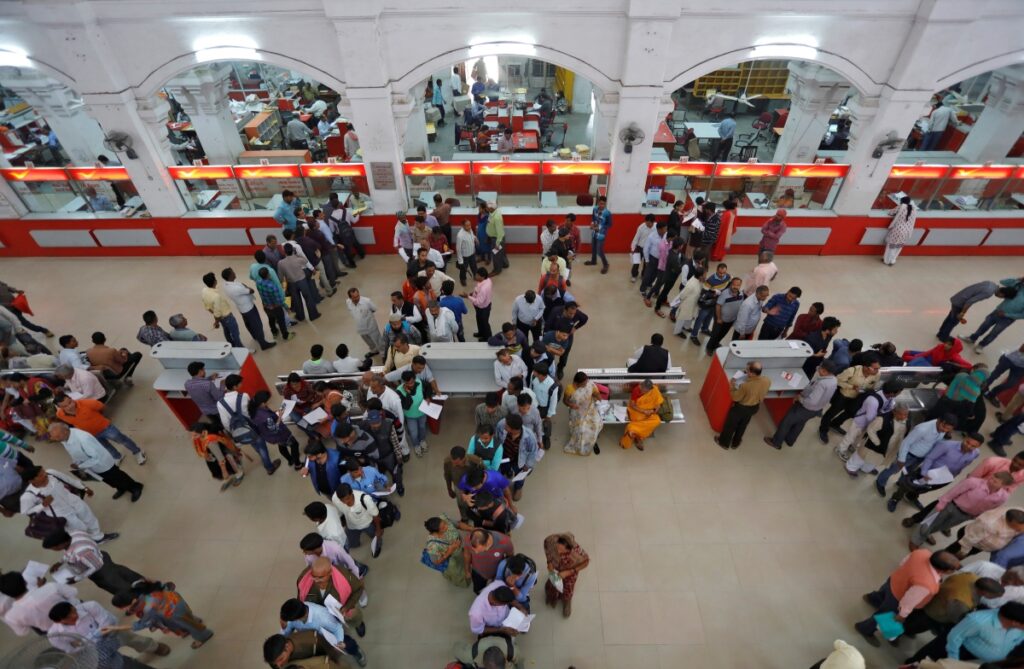
IPPB: Financial Inclusion at Scale
Launched on September 1, 2018, IPPB operates under RBI guidelines as a payments bank, focusing on:
- Savings Accounts: Safal, Sugam, and Basic Savings Bank Deposit Account (BSBDA) with a ₹2 lakh deposit limit.
- Doorstep Banking: Postmen and Gramin Dak Sewaks use biometric devices for transactions.
- Digital Payments: UPI, IMPS, NEFT, RuPay cards, and WhatsApp Banking.
- Partnerships: Collaborations with HDFC Bank, PNB MetLife, and others for loans and insurance.
IPPB serves over 90 million customers (48% women, 41% aged 18–35), with transactions exceeding ₹38,500 crore as of March 2024.
Top IT Vendors of India Post
India Post’s digital transformation relies on key IT vendors:
- Tata Consultancy Services (TCS): Implemented the Core Banking Solution (CBS) for postal savings and the Core System Integration (CSI) project, enabling digital transactions across post offices.
- Infosys: Supports the Finacle platform for CBS, enhancing banking operations.
- Wipro: Provides IT infrastructure and maintenance for postal and IPPB systems.
- HCL Technologies: Assists with network solutions and cybersecurity.
- Tech Mahindra: Contributes to application development and digital payment systems.
These vendors, part of India’s thriving IT sector (projected to reach $350 billion by 2026), ensure robust, scalable systems for India Post’s operations.
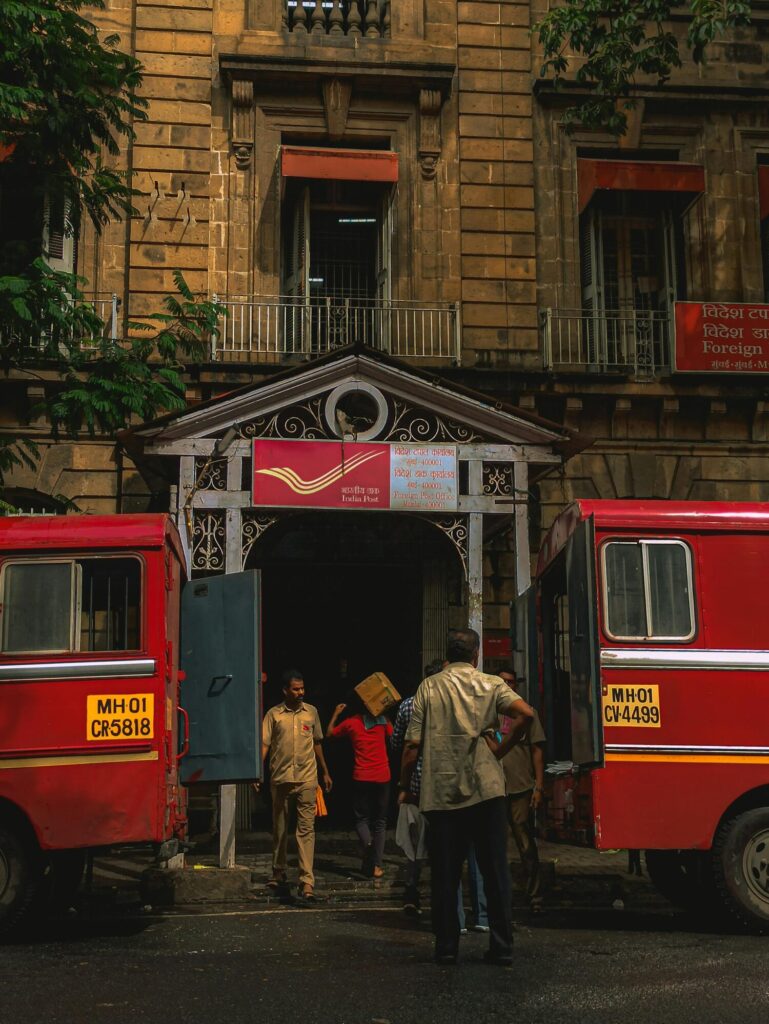
Total Cost of IT Projects
India Post’s IT modernization, under initiatives like the India Post Technology Transformation Project, has been significant. The Core Banking Solution and Core System Integration projects, spearheaded by TCS, cost approximately ₹1,400 crore.
Additional IT initiatives, including rural ICT (Information and Communication Technology) for digitizing rural post offices, added ~₹4,900 crore, bringing the total estimated cost of major IT projects to over ₹6,300 crore.
These investments have enabled real-time banking, e-commerce integration, and digital payment systems.
Growth of India Post
India Post has shown steady growth:
- Revenue: In FY 2019–20, India Post generated ₹13,600 crore, with postal savings contributing ₹8,660 crore (64% of total revenue). Despite a reported loss of ₹14,800 crore (plus ₹10,000 crore in pensions), revenue has grown with e-commerce and financial services.
- Customer Base: Manages ~22 crore savings accounts and serves over 90 million IPPB customers.
- E-commerce Expansion: Partnerships with e-commerce platforms and logistics services like Logistics Post Air have boosted growth, with e-commerce volumes expected to grow six-fold by 2026.
- Digital Adoption: The digital economy, growing 2.4x faster than India’s overall economy (2014–2019), has fueled India Post’s tech-driven services, with IPPB’s digital transactions soaring.
- Recent Initiatives: Plans for an IPO for IPPB by March 2026 and potential transition to a small finance bank signal ambitious growth.
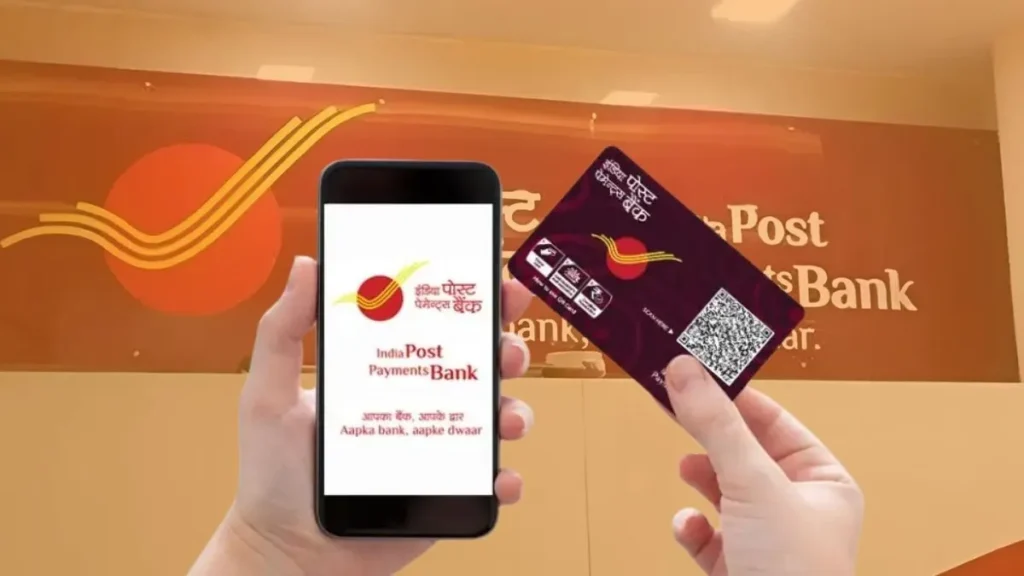
Postal Savings Capital
India Post’s savings schemes, including Post Office Savings Bank (POSB), National Savings Certificates (NSC), and Kisan Vikas Patra, held ₹8,23,203 crore as of March 2020, with NSC alone contributing ₹2,42,929 crore.
These schemes remain a trusted investment avenue for millions.
Real Estate Assets
India Post owns ~4,560 buildings and rents ~19,641, with the remaining ~1.4 lakh post offices operating from shared or community spaces. Its vast real estate portfolio, though underutilized, offers potential for monetization through leasing or commercial ventures.
Workforce
India Post employs ~4.5 lakh personnel, including 1.9 lakh departmental employees and 2.5 lakh Gramin Dak Sewaks.
IPPB has a lean team of 398 employees, relying on postal staff for doorstep services.

Technological Innovation
IPPB’s tech stack, built on India Stack principles, includes Aadhaar-based authentication, QR cards, and a mobile app supporting 13 languages. Partnerships with NPCI ensure seamless UPI and bill payments.
India Post’s IT backbone, powered by TCS and Infosys, supports real-time banking and e-commerce logistics.
Awards and Future Outlook
IPPB received the 2024-25 Digital Payments Award from the Ministry of Finance. India Post aims to enhance its e-commerce platform and expand IPPB’s services, potentially through an IPO.
Challenges include revenue sustainability and rural infrastructure gaps, but investments in IT and training are poised to drive growth.
Conclusion
India Post and IPPB are transforming India’s financial and logistical landscape. With a legacy of trust, strategic IT partnerships, and a focus on digital inclusion, they are set to lead India’s digital economy. As India Post modernizes and IPPB scales, they remain vital to a connected, inclusive India.
For more details, visit ippbonline.com or indiapost.gov.in.
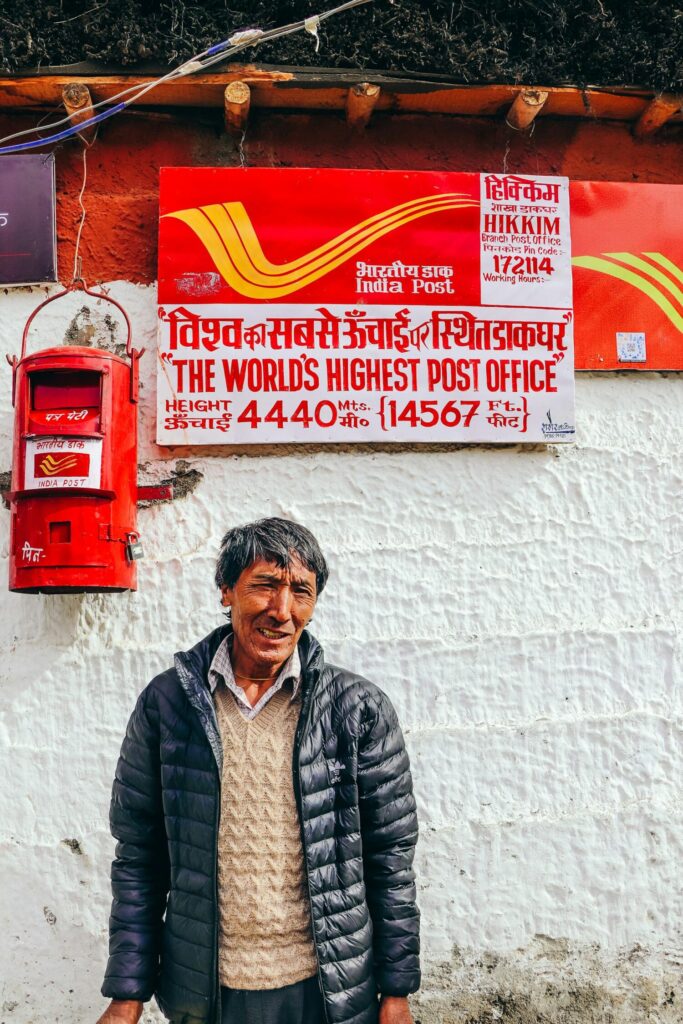

Comments